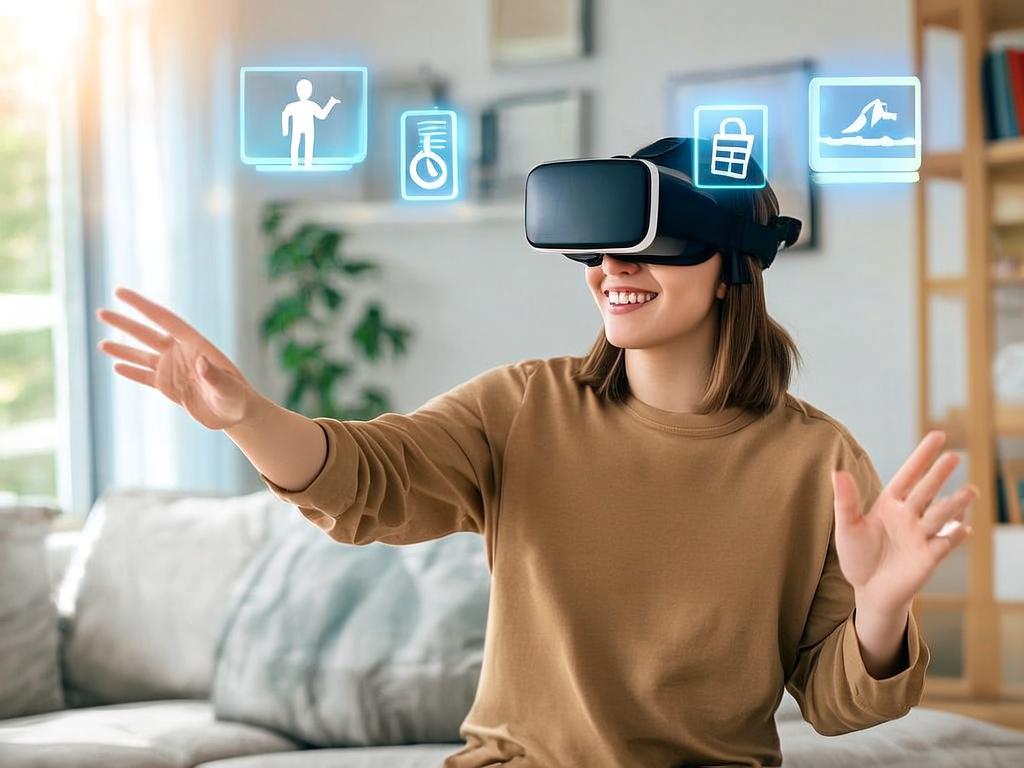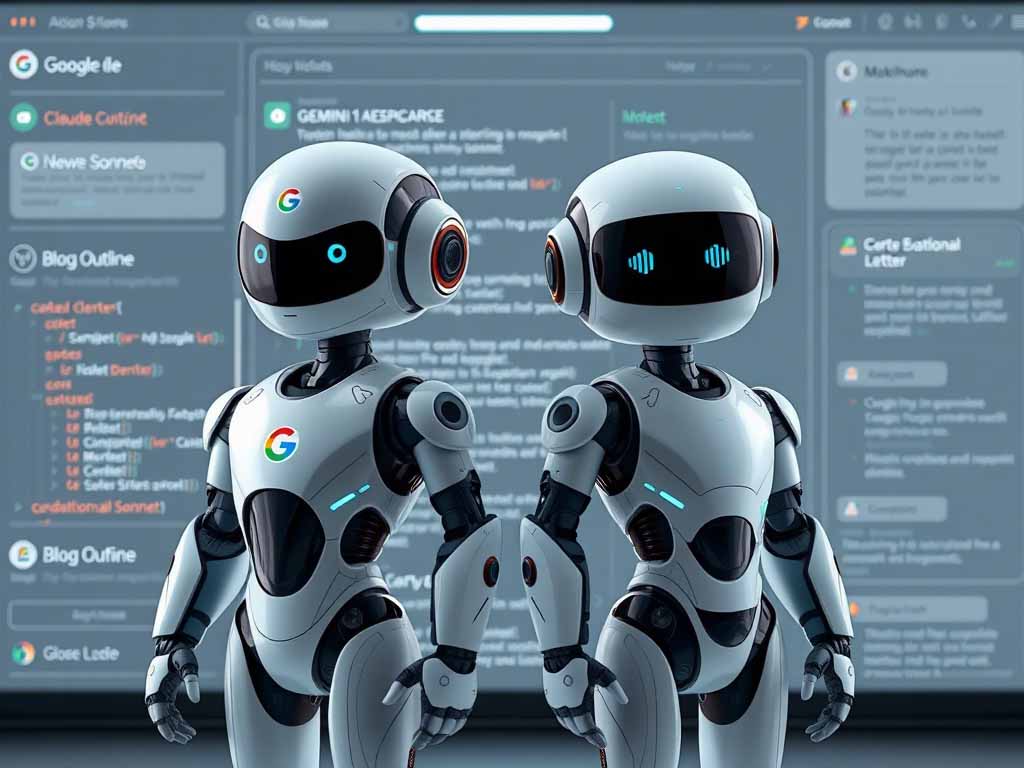Let’s be honest—if someone had told you ten years ago that you’d one day shop, work, or even exercise inside a virtual world, you probably would’ve laughed. At best, you might’ve imagined a teenager in a headset waving their arms around in front of a video game. But here we are in 2025, and virtual reality (VR) isn’t just for gamers anymore. It’s slowly, but surely, becoming part of our daily lives—and it’s not slowing down anytime soon.
Whether it’s helping doctors train, letting students explore ancient Rome, or giving you front-row seats to a concert across the globe, VR is popping up in places you never expected. So how did we get here? And where is all this headed?
Let’s take a little walk through VR’s past, peek at what it’s doing in the present, and imagine what tomorrow might look like.
A Quick Look Back: The Humble Beginnings of VR
Virtual reality isn’t a brand-new invention. In fact, the idea has been around for decades. Back in the 1960s, a guy named Morton Heilig created something called the Sensorama—a big machine that combined visuals, sound, and even smell to simulate experiences. Pretty wild, right?
Then in the 1980s and 90s, VR started showing up in pop culture. Remember those clunky goggles in sci-fi movies? Yeah, people thought we’d all be living in VR by the year 2000. Spoiler alert: we weren’t. The tech wasn’t ready, and let’s be honest, those early VR headsets were heavy, expensive, and made most people dizzy.
But fast forward to the 2010s, and things started to change. Companies like Oculus (later bought by Facebook/Meta), HTC, and Sony started releasing more affordable and less nausea-inducing headsets. That’s when things got interesting.
So, What’s Changed? Why Now?
The biggest difference between then and now? Technology finally caught up to the dream.
VR headsets are lighter, sharper, and cheaper. Graphics are more realistic. And thanks to better internet and faster processors, we’re able to do more inside these virtual spaces than ever before. But more importantly—people’s minds have opened up.
We’re no longer asking, “Why would I use VR?” Now, we’re asking, “How can I use VR in my daily life?”
And the answers? They’re popping up everywhere.
Where VR Is Showing Up in Real Life
Let’s break it down. Here are some areas where VR is already making a big impact in everyday life—and chances are, you’ve interacted with it or will very soon.
1. Education: From Boring to Mind-Blowing
Remember memorizing history facts from a textbook? Now imagine standing in the middle of a Roman marketplace, watching merchants sell their goods while Caesar walks by. That’s the kind of experience VR is bringing to classrooms.
Students can explore the solar system, dissect a frog without getting their hands dirty, or practice public speaking in front of a virtual crowd. It’s changing how we learn—not just by reading or watching, but by actually doing.
2. Healthcare: Saving Lives, One Simulation at a Time
In the medical world, practice makes perfect—but real patients aren’t exactly practice dummies. With VR, medical students and professionals can simulate surgeries, diagnose virtual patients, or learn how to stay calm in high-stress emergencies.
Some therapists are even using VR to treat anxiety, PTSD, or phobias. For example, someone afraid of flying can “board” a virtual plane and slowly build comfort—without ever leaving the ground.
3. Work & Remote Collaboration
With remote work becoming more common, VR is helping people feel like they’re in the same room—even when they’re miles apart. Virtual offices, conference rooms, and brainstorming spaces are already a thing.
Instead of staring at a Zoom call all day, you could be sitting around a virtual table, passing files, writing on whiteboards, and yes, even having coffee with your coworkers’ avatars. It’s not perfect yet, but it’s getting closer every day.
4. Fitness & Wellness
Let’s be real: running on a treadmill while staring at a wall is boring. But what if you could jog through the mountains of New Zealand, dance with a virtual instructor in Tokyo, or practice yoga on a peaceful beach?
Apps like Supernatural and FitXR are turning VR into a fun, immersive fitness experience. And because it’s interactive and playful, people actually stick with it. It’s like playing a game—but you’re breaking a sweat at the same time.
5. Entertainment and Travel
Concerts, museums, theme parks—you name it. Artists are holding live VR performances where fans can stand “on stage.” You can visit the Louvre in Paris, or dive under the ocean to swim with whales, all from your living room.
It doesn’t replace real travel (yet), but for people who can’t hop on a plane, VR is offering the next best thing.
6. Shopping and Fashion
Trying on clothes in a store can be a hassle. With VR, you can try outfits on your digital self, walk around in them, and see how they move. Some furniture stores even let you place virtual couches in your real living room to see if they fit.
This isn’t just fun—it helps you shop smarter and reduces returns, which is a big win for both customers and businesses.
But It’s Not All Perfect (Yet)
As exciting as it all sounds, VR isn’t flawless. The headsets can still be pricey, and not everyone has access to fast internet or powerful devices. Plus, long sessions in VR can cause eye strain or motion sickness for some people.
And let’s not forget about privacy. Like most tech, VR collects data—what you look at, how you move, even how you feel. Companies need to handle that data responsibly, and users need to be aware of what they’re sharing.
So yes, VR has room to grow—but the progress is real, and the direction is promising.
What’s Coming Next?
The future of VR looks even crazier—in a good way.
We’ll likely see lighter headsets, more realistic graphics, and deeper integration with artificial intelligence. Imagine AI-powered tutors that guide you through virtual lessons, or smart assistants that help you meditate or plan your day in a virtual workspace.
Also, the line between VR (virtual reality) and AR (augmented reality) is blurring. Soon, we might switch between digital and physical worlds as easily as flipping between apps. Some people call this the “mixed reality” revolution—and it’s already beginning.
Final Thoughts: Why VR Is More Than Just a Trend
Let’s face it—virtual reality has come a long way from its clunky, nerdy past. It’s not a passing trend anymore. It’s a tool that’s being used to teach, heal, connect, and entertain. It’s making things we once thought impossible feel completely normal.
Will everyone be using VR every single day next year? Probably not. But give it time. As the technology gets better and more accessible, it’s going to quietly sneak into more corners of our daily lives.
So the next time you hear someone say, “VR is just for gamers,” feel free to smile and say, “Not anymore.”
Virtual reality used to feel like science fiction—but now, it’s quietly becoming part of how we live, work, and play. As the tech keeps evolving, it’s exciting to think about where it’s headed next.
Curious about what’s coming next in immersive tech?



